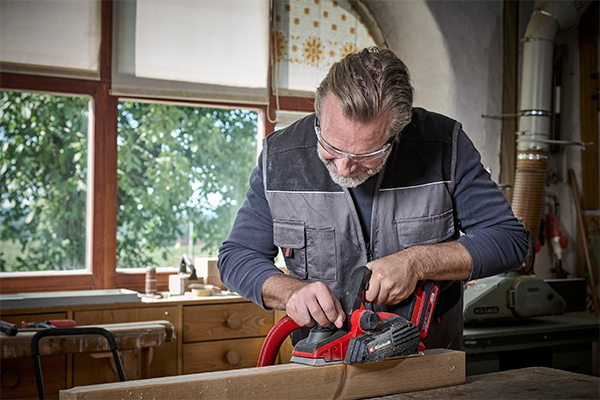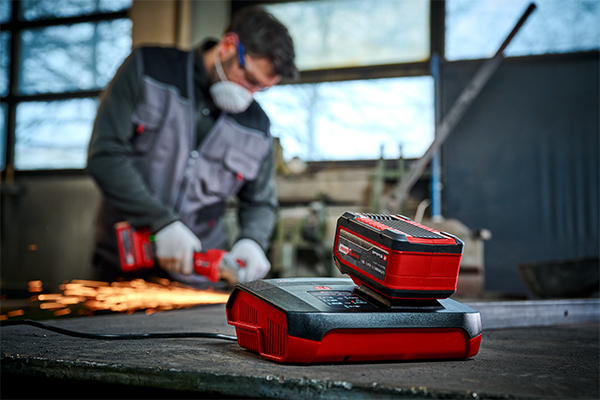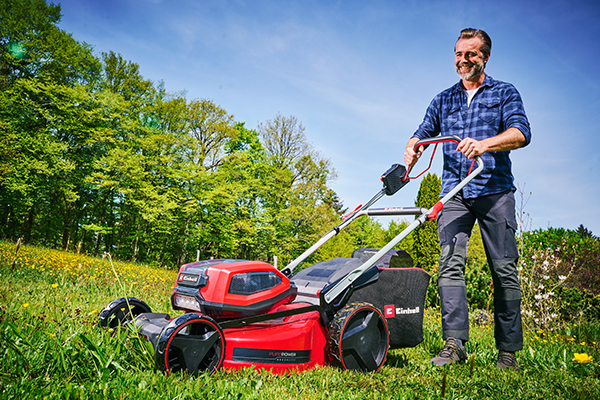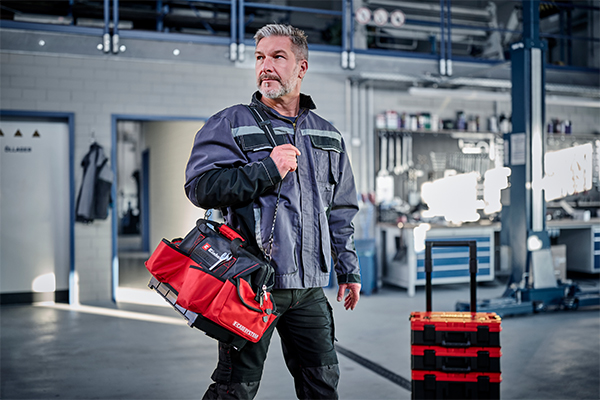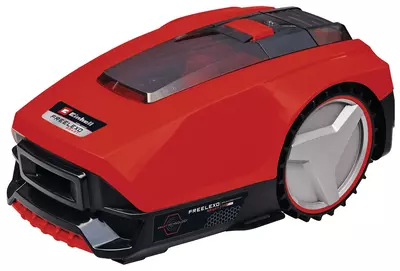Animal-Friendly Garden Despite Robotic Mower: How to Protect Bees, Hedgehogs & More
A well-kept, lush green lawn that blends harmoniously into the garden – for many hobby gardeners, it is an absolute must. However, while robotic mowers make lawn care much easier, they also pose a potential threat to native wildlife. Hedgehogs, insects, butterflies, and other small garden dwellers are active at dusk and during the night and may come into conflict with these busy lawn robots.
So, must you choose between a perfectly mown lawn and an animal-friendly garden? The good news: No! With the right measures and a mindful approach, modern robotic mowers and a diverse natural garden can be wonderfully combined. Here you will find out how to do this and what precautions you should take to make your green oasis safe for bees, hedgehogs, and birds.
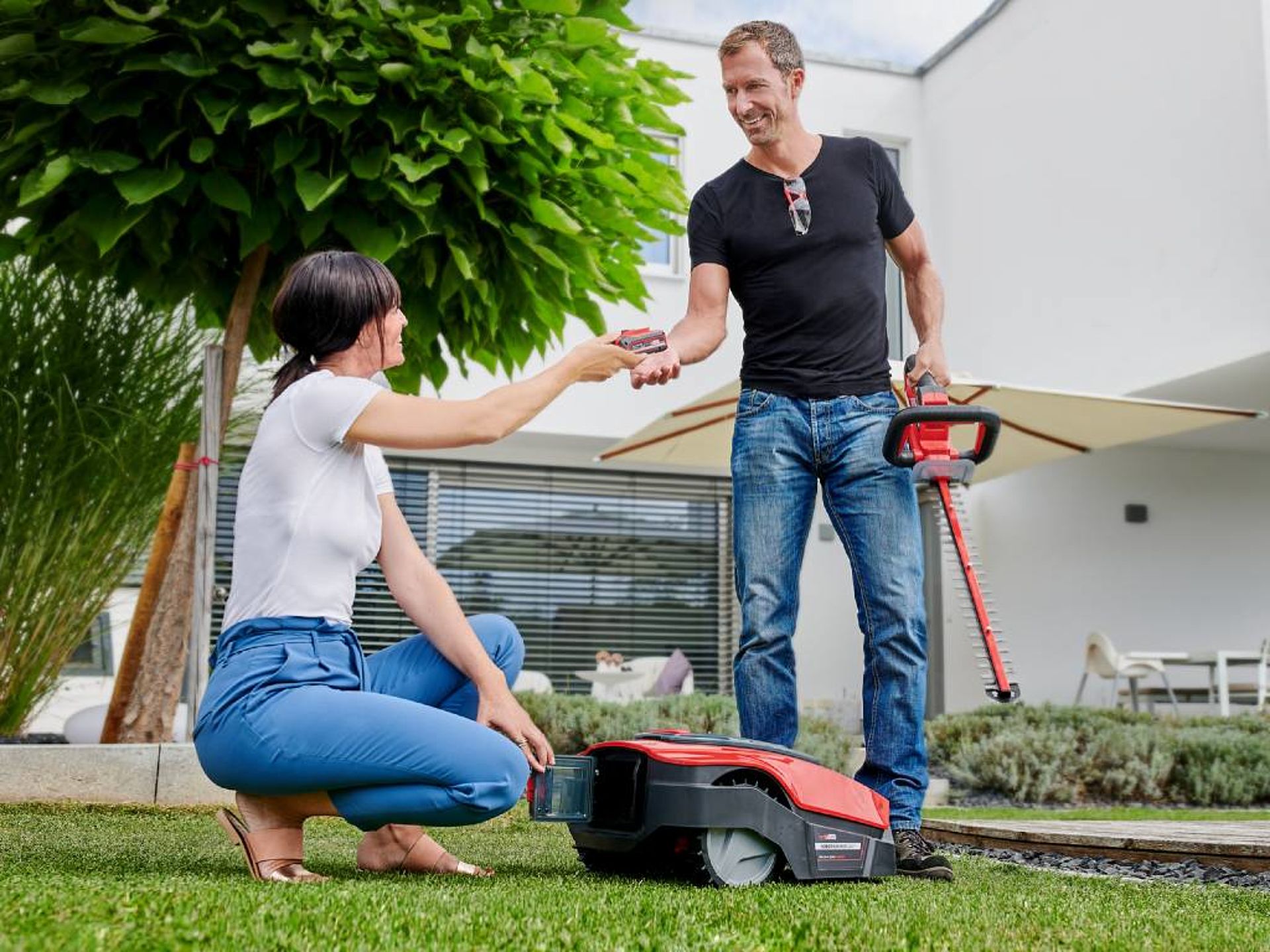
Why Is an Animal-Friendly Garden Important?
Many animals depend on gardens as vital habitats – especially in cities or densely populated areas, where natural refuges are becoming increasingly scarce. An animal-friendly garden helps maintain ecological balance and offers numerous species shelter and food. Gardens can become true sanctuaries for wildlife when designed to reflect natural environments. Native species such as hedgehogs, birds, wild bees, and butterflies particularly benefit from structured spaces where they can find nourishment and protection.
While neatly trimmed lawns offer little habitat, gardens with diverse vegetation transform into vibrant oases. Hedges, dense shrubs, wildflower meadows, and old trees provide nesting sites and safe retreats where animals can thrive. Leaving leaves and deadwood undisturbed, or creating small water sources, also increases the appeal for native species and directly promotes biodiversity right on your doorstep.
Dangers for Animals in the Garden
- Robotic Mowers & More: Can be dangerous for hedgehogs and other small animals.
- Pesticides & Fertilisers: Chemicals harm insects and enter the food chain.
- Neatly Trimmed Lawns: Offer little food or shelter for wildlife.
Promoting Biodiversity – Why It’s Worthwhile
- More Pollinators = More Blooms: Bees and butterflies help create a healthy plant world.
- Natural Plant Protection: Beneficial insects like ladybirds and birds help reduce pests.
- A Lively Garden: Songbirds, squirrels, and colourful butterflies bring life and joy to your garden.
Animal-Friendly Garden: The Key Measures
An animal-friendly garden begins with thoughtful design and a careful selection of plants and structures. Here, you will discover which measures are particularly important to make your garden even more attractive and safer for wildlife.
Creating Structural Diversity in the Garden
A natural garden should feature a variety of structures to offer shelter to as many animal species as possible. Hedges, bushes, and shrubs provide perfect nesting sites for birds, while “wild” corners with piles of leaves or stones offer safe hiding places for hedgehogs and other small creatures. Those with enough space can create additional habitats with dry stone walls, tree stumps, or small ponds. This diversity helps maintain a healthy ecological balance in the garden.
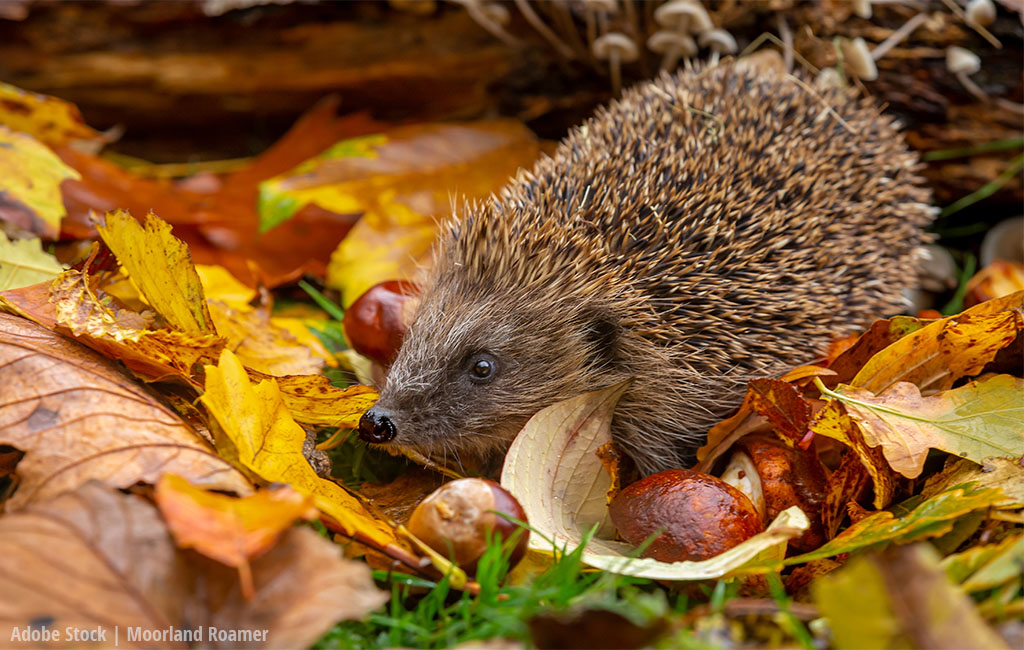
Providing Food Sources for Animals
An animal-friendly garden needs flowering plants that supply food for insects throughout the year. Wildflower meadows and native flowering plants are especially valuable for bees and butterflies. Fruit trees and berry bushes not only offer us delicious harvests but also serve as important food sources for birds and squirrels. Setting up bird feeders can also provide vital support, especially in winter when natural food supplies are scarce.
Preserving and Promoting Habitats for Animals
Many modern gardens lack safe shelters for animals. However, with targeted measures, you can create important refuges:
- Nest Boxes for Birds & Bats: Many bird species rely on artificial nesting aids as natural breeding sites are becoming increasingly rare. Bats also benefit from special boxes mounted on trees or building walls.
- Insect Hotels & Sand Patches for Bees: Wild bees and other beneficial insects need protected places to lay their eggs. Insect hotels with wooden and bamboo tubes or small sand patches for ground bumblebees are simple ways to support them.
- Hedgehog Shelters & Leaf Piles: Hedgehogs need protected places to hibernate. A large pile of leaves, brushwood, or twigs offers them a safe refuge.
- Ponds & Water Sources: Water is essential for both humans and animals. A small pond or a shallow water dish not only helps birds but also frogs, dragonflies, and other insects.
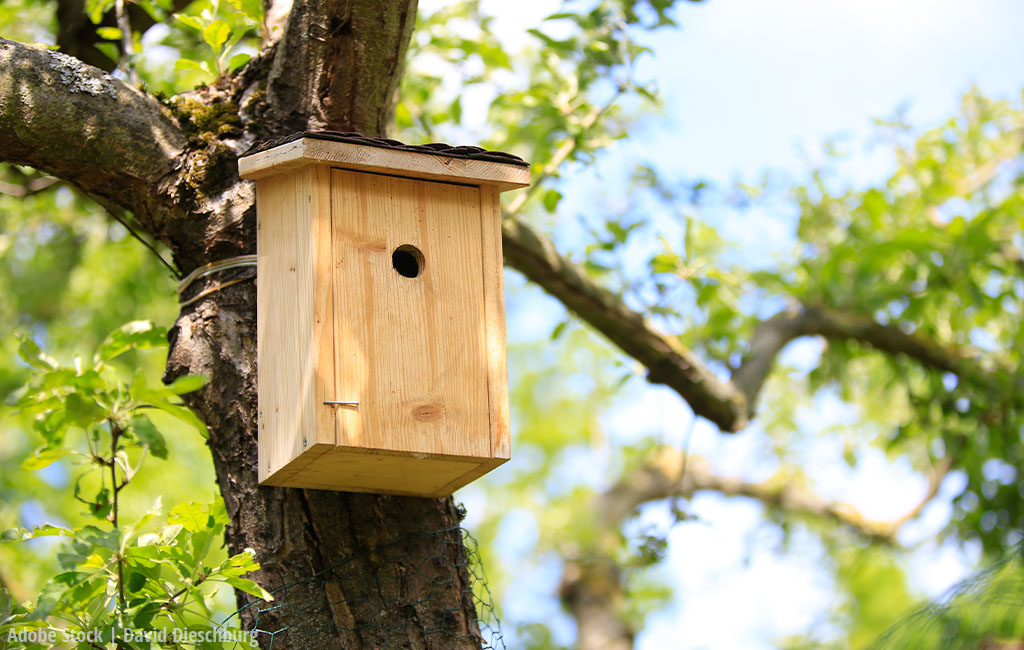
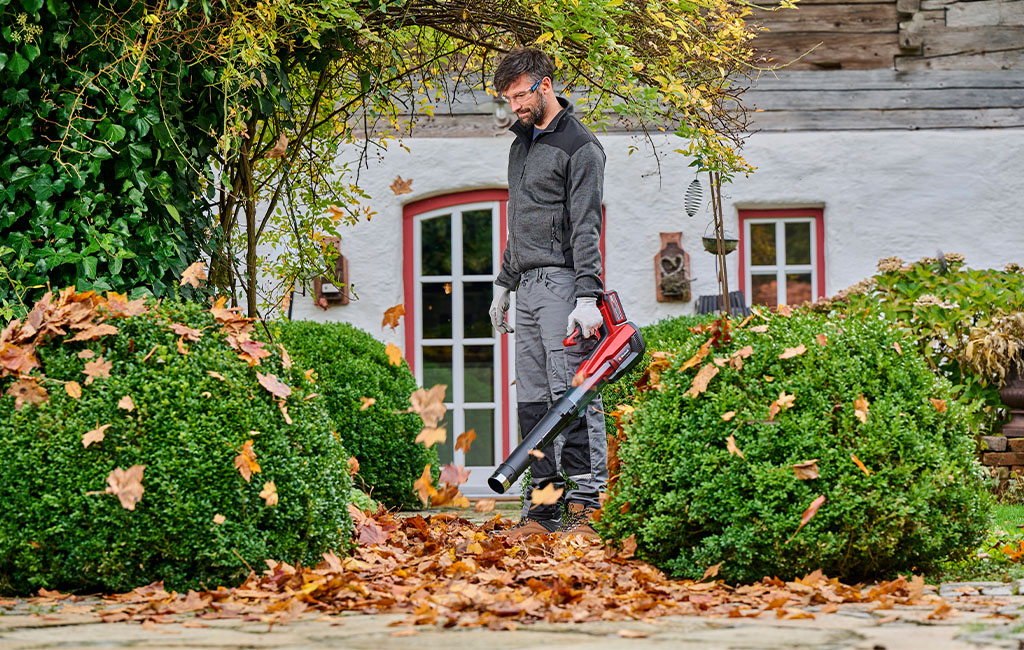
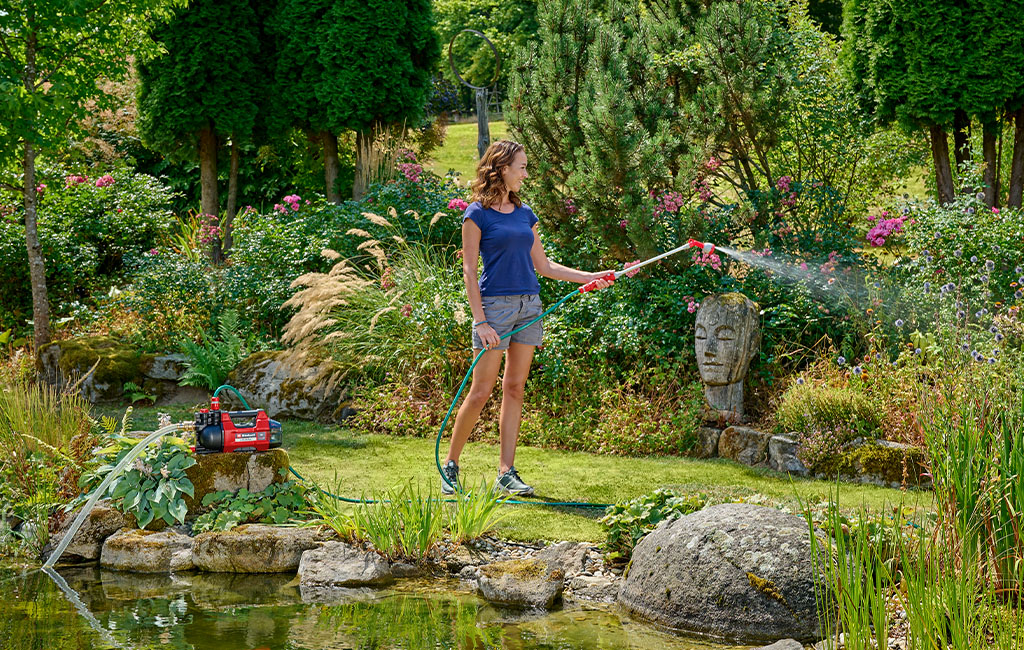
Avoiding Chemical Products
Chemical pesticides, herbicides, and synthetic fertilisers harm not only pests but also beneficial creatures and the entire ecosystem. There are many sustainable alternatives:
- Natural Pest Control: Ladybirds, lacewings, and birds are natural predators of aphids and other pests. By encouraging beneficial insects, you can protect your plants without using chemicals.
- Organic Fertilisation: Compost, mulch, or homemade plant-based fertilisers such as nettle manure are environmentally friendly alternatives to synthetic fertilisers.
- Eco-Friendly Weed Removal: Instead of chemical weed killers, you can control weeds by mulching, hand-weeding, or using weed burners. You can find out how to effectively remove weeds without chemicals in our blog post on weed control.
Robotic Mowers and Wildlife Protection – How to Safeguard Your Garden Animals
A robotic mower can be a real help – but it should be used in a way that keeps animals safe. With a few simple adjustments, you can protect wildlife while still enjoying the benefits of your robotic mower.
Planning Mowing Times Properly
Many wild animals are active at dusk and during the night. Therefore, you should only operate your robotic mower during the day. This significantly reduces the risk of injuring nocturnal animals such as hedgehogs or amphibians. Many robotic mowers allow you to set scheduled mowing times. With Einhell robotic mowers, you can create individual schedules either directly on the device or conveniently via the app.
Using Safety Features
Modern robotic mowers are equipped with various sensors that detect and avoid obstacles. Models like the Einhell FREELEXO CAM use camera technology to identify obstacles. Magnetic boundary strips can also help define areas the mower should not enter – such as wildflower meadows or animal refuges. Additionally, ensure that the mower’s blades have extra protection. With Einhell robotic mowers, for example, the grass must first pass through a comb before it is cut, further enhancing the level of safety.
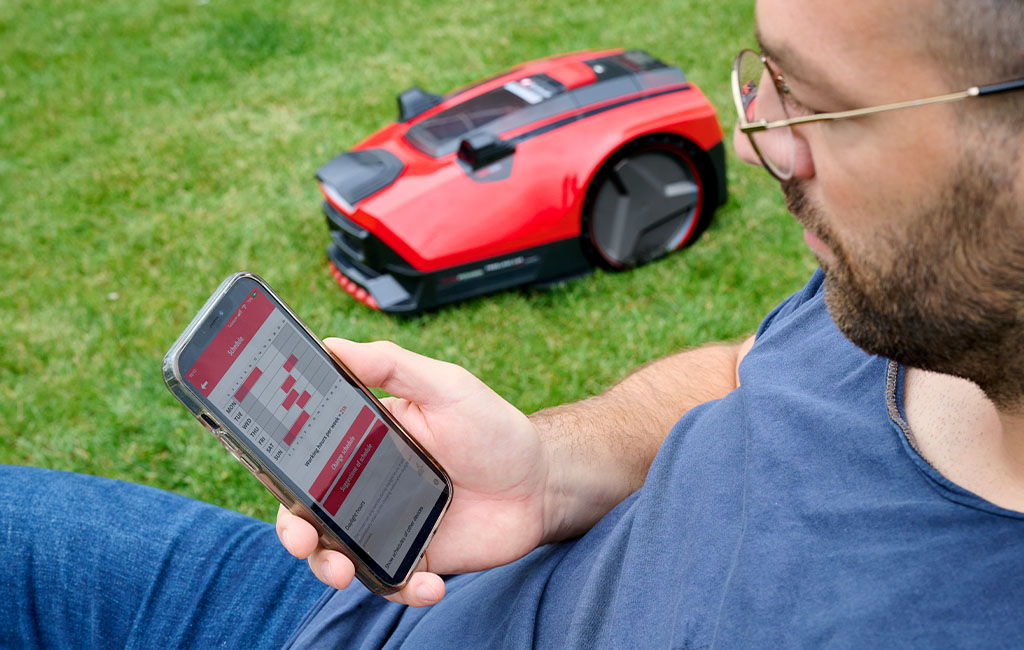
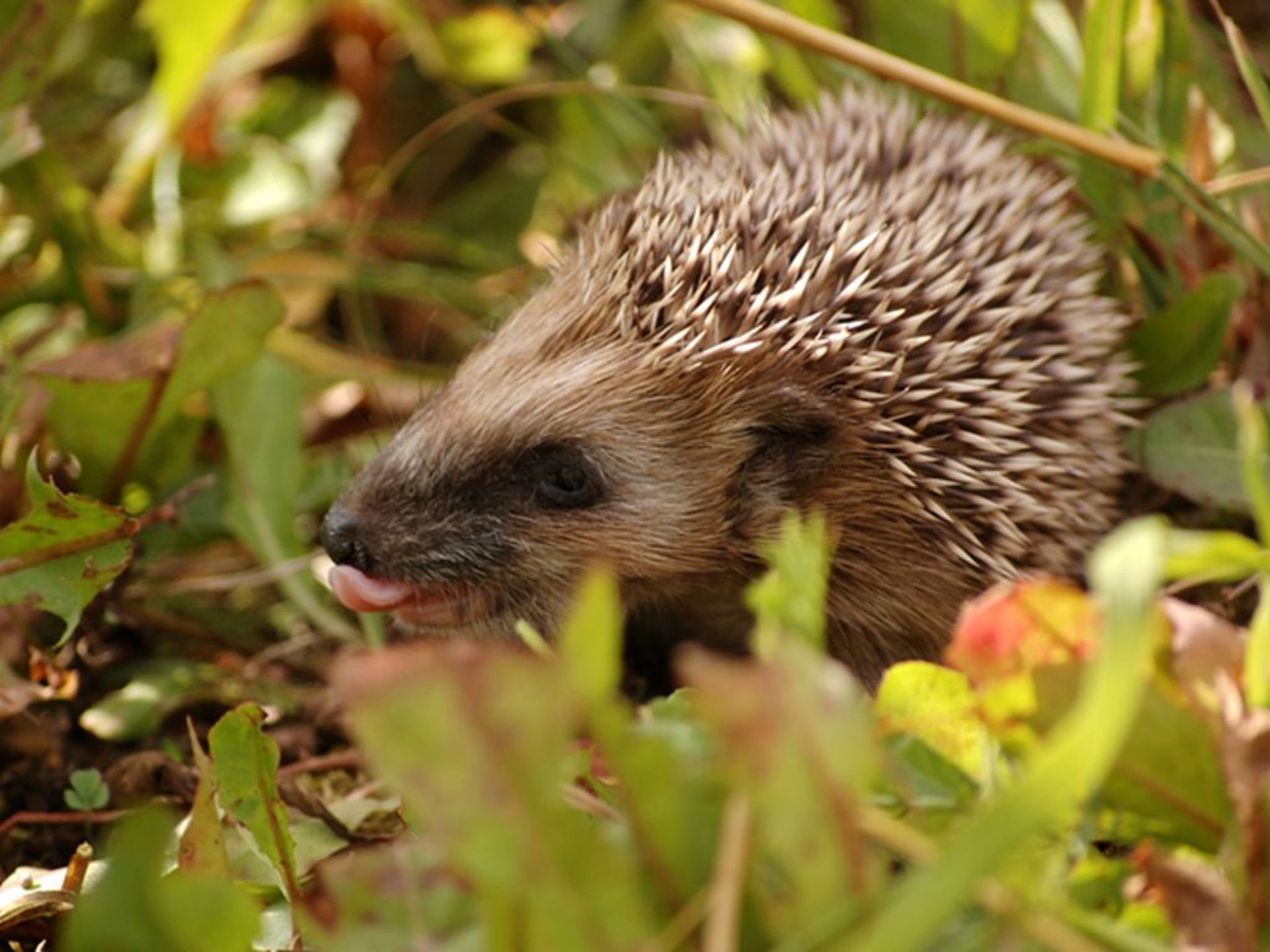
Checking the Lawn Before Mowing
Before starting the robotic mower, you should briefly inspect the area. Tall grasses and border zones may serve as hiding places for small animals. A quick check can help prevent accidents and ensure greater safety.

INFO
To protect not only hedgehogs but also pets such as dogs and cats, the same precaution applies as with small children: the robotic mower should not operate unattended when pets are in the garden. It is also advisable to choose a mower with a low-hanging skirt, such as the Einhell robotic mowers, to provide additional safety for pets.
Conclusion: A Highlight Not Just for Animals!
By following these tips, you will not only create an animal-friendly garden but also enjoy the visual beauty of blooming flowers for bees and a neatly mown lawn thanks to your robotic mower.

